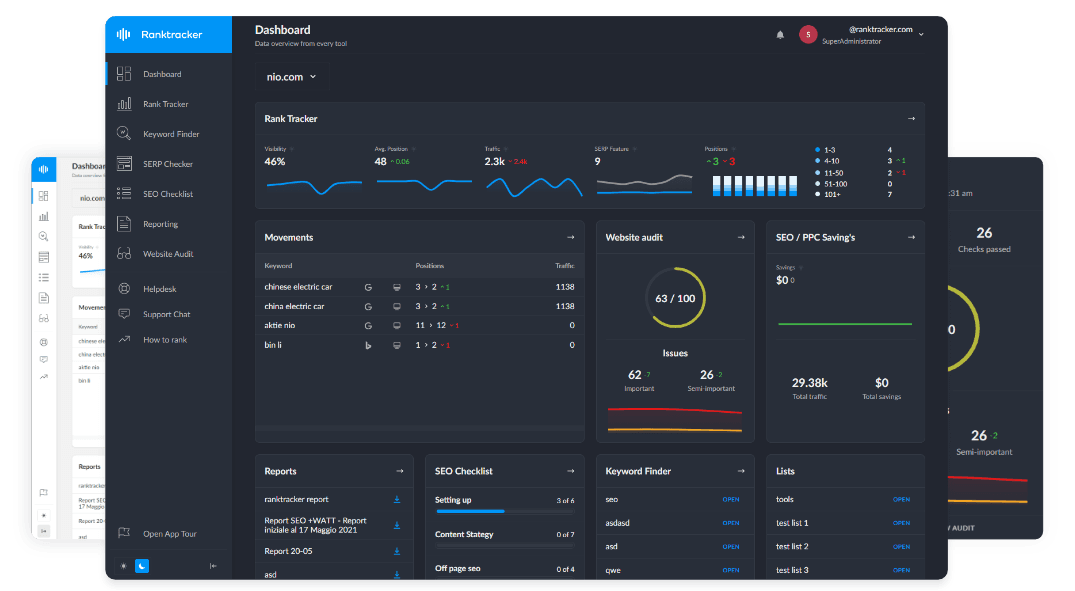Intro
Although it's only the first step in a good sales strategy, a strong lead generation strategy may seem like the best way to close new business-to-business deals. A pipeline generation strategy that will produce a constant flow of leads throughout your sales pipeline is necessary to build steady, long-term revenue. But many businesses favor lead generation efforts over a pipeline strategy, which can impact the overall effectiveness of their sales process as well as their close rates.
What is Pipeline Generation?
Pipeline generation goes beyond just lead generation. While lead generation focuses on attracting potential customers and getting their contact information, pipeline generation takes it a step further by nurturing those leads through a structured process until they are ready to make a purchase. Think of lead generation as casting a net to catch fish, whereas pipeline generation is about carefully reeling in and guiding those fish to the shore, making sure they don’t slip away. Pipeline generation involves continuous engagement, tracking interactions, and developing relationships with leads over time, turning them into long-term customers. It’s not just about filling your pipeline; it’s about making sure the leads inside it move through various stages until conversion.
Why is Pipeline Generation Important?
Pipeline generation is crucial because it ensures a continuous flow of qualified leads that are nurtured through the sales process until they are ready to convert into customers. Without a solid pipeline, businesses risk running out of potential opportunities or facing unpredictable sales cycles. By focusing on how to improve pipeline generation, companies can maintain steady growth by engaging with leads at various stages, building trust, and increasing the likelihood of conversion. A strong pipeline not only fills the sales funnel but also improves the quality of leads, ensuring that your sales team spends time on prospects that are most likely to become long-term clients. Ultimately, effective pipeline generation leads to better sales performance and business stability.
Key Components of a Successful Pipeline
Before diving into the steps, it’s important to understand the key components of a successful pipeline. They include:
- Lead Generation: Getting people to enter your pipeline.
- Lead Nurturing: Building relationships and trust over time.
- Conversion: Turning leads into paying customers.
Each of these components requires careful planning and execution to ensure your pipeline is effective.
Step 1: Define Your Target Audience
Defining your target audience is the first and most crucial step in building a successful pipeline generation strategy. Without a clear understanding of who you’re trying to reach, your efforts may end up being scattered and ineffective. Start by identifying key characteristics such as age, location, profession, and interests of the people who would benefit most from your product or service. Creating detailed buyer personas can help you visualize your ideal customers and understand their pain points, motivations, and behaviors. This clarity will allow you to tailor your messaging, choose the right marketing channels, and focus your resources on attracting high-quality leads who are most likely to convert.
Step 2: Choose the Right Lead Generation Channels
Choosing the right lead generation channels is essential to ensure you're reaching your target audience where they spend their time. Not all channels will be equally effective for every business, so it's important to select those that align with your audience’s preferences and behaviors. For example, if your audience is active on LinkedIn, using this platform for content sharing and networking can be highly effective. On the other hand, if your audience is more visual, platforms like Instagram or YouTube might be better suited for attracting leads. By understanding where your potential customers engage online, you can maximize your efforts, creating tailored content and ads that resonate with them on the right channels. This strategic approach helps you optimize your lead generation efforts and improve your pipeline quality.
Step 3: Develop Lead Magnet Strategies
Developing lead magnet strategies is key to attracting and converting potential customers into qualified leads. A lead magnet is something of value that you offer for free in exchange for contact information, like an eBook, a free trial, or a helpful checklist. To create an effective lead magnet, focus on offering something that directly addresses the pain points or needs of your target audience. For example, if you're targeting small business owners, providing a free guide on "How to Boost Your Marketing on a Budget" can attract the right leads. The more relevant and useful the lead magnet, the more likely people will be to share their contact details, allowing you to nurture them through your pipeline and eventually convert them into customers.
Step 4: Use Automation to Streamline the Process
Using automation in your pipeline generation strategy helps streamline and simplify the entire lead management process, saving you time and ensuring no lead falls through the cracks. Tools like CRM systems, email marketing software, and marketing automation platforms can automatically capture leads, send follow-up emails, and track engagement without manual intervention. For instance, when someone downloads your lead magnet, an automated email sequence can kick off, nurturing that lead over time with relevant content. Automation also enables you to segment your leads based on their behavior, allowing you to send tailored messages that are more likely to resonate. By automating routine tasks, you can focus more on building relationships and refining your overall strategy, making your pipeline generation more efficient and effective.
Step 5: Nurture Your Leads Effectively
Nurturing your leads is crucial for building trust and guiding them through the buyer’s journey. Since not all leads are ready to buy immediately, you need to engage with them over time, offering valuable content that speaks to their needs and interests. This can be done through email sequences, personalized messages, or providing educational resources like blogs or case studies. By consistently staying in touch and addressing their pain points, you strengthen your relationship with the leads, increasing the chances they will eventually convert into loyal customers. Effective nurturing ensures that your leads are not only informed but also feel valued, which helps build long-term customer loyalty.
Step 6: Track and Measure Success
Tracking and measuring success is essential to understanding how well your pipeline generation strategy is performing. By monitoring key metrics such as conversion rates, lead engagement, and the effectiveness of different lead sources, you can identify what’s working and where adjustments are needed. Tools like Google Analytics, CRM systems, and email marketing platforms allow you to track these metrics in real time. This data-driven approach helps you make informed decisions, optimize your efforts, and continuously improve your pipeline generation strategy for better results over time.
Step 7: Adjust and Optimize Your Strategy
Adjusting and optimizing your strategy is a critical step to ensure ongoing success in pipeline generation. As you track performance and gather insights, it’s important to make data-driven adjustments to improve your approach. For example, if a certain lead generation channel isn’t delivering high-quality leads, consider reallocating your resources to more effective channels. Regularly testing different tactics—such as A/B testing email subject lines or landing pages—will help you identify what resonates best with your audience. Continuously optimizing your strategy ensures that your pipeline remains efficient, effective, and aligned with your business goals.
Tools and Resources for Pipeline Generation
To effectively generate and manage your pipeline, utilizing the right tools and resources is essential. For digital experience optimization for B2B, tools offer advanced automation and personalized marketing features that can nurture leads through tailored email sequences and behavior-triggered campaigns. Additionally, tools like Google Analytics allow you to monitor traffic and engagement, ensuring that your pipeline generation efforts are targeting the right audience. By leveraging these tools, businesses can streamline their processes, enhance the customer experience, and improve conversion rates at every stage of the pipeline.

